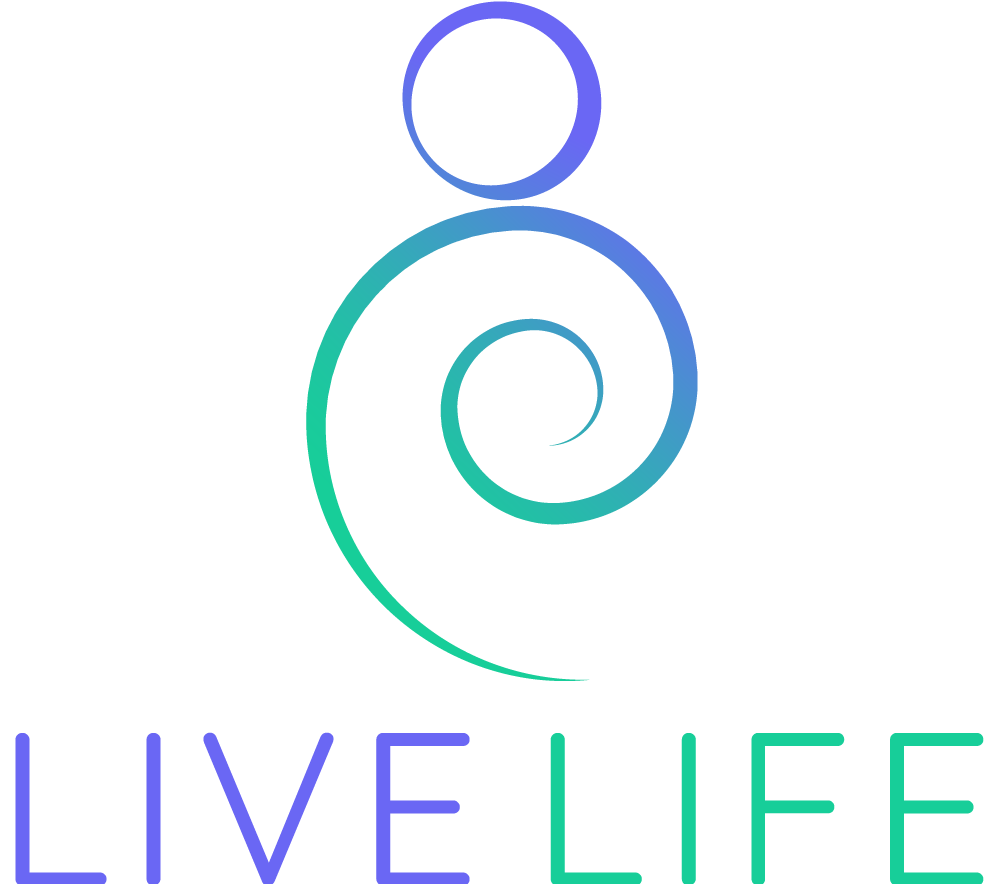Meditation is thought to be this pristine art form or science that takes years to practice and master. The truth, however, is that meditation may take years to master but can be practiced by anyone and everyone on a daily basis.
One can start today or even right now and reap the benefits of meditating. In fact, merely sitting in one place in a comfortable position, with the body relaxed, eyes closed, and paying attention to the breath and body is meditation. It actually is that simple.
Often meditation is thought of as a technique to control the mind and racing thoughts. This is not the purpose of meditation. Meditation is used to acknowledge the nature of thoughts, emotions, feelings, and more than the mind creates in order to avoid being perturbed by these at a later time.
Therefore, while meditating we are not trying to stop or control the racing thoughts but just noting their presence. Hence, it is completely natural for the mind to wander or to have racing thoughts when we initially start meditating.
With most people, the first thing they notice is that their mind wanders the most when they try to meditate. This is because they never took the time out to acknowledge their thoughts. Scientifically and evolutionarily speaking, humans have adapted to thinking continuously.

The early man benefitted from this in the stone age when he had to multitask to find food, shelter, a water source, safety, and other things. He was required to multitask and think about multiple things at the same time not only to protect himself from predators but to also find food and to perform his numerous daily tasks that were necessary for survival.
The early man had little bouts of stress that would trigger these random multiple thoughts, and chemical responses in his body which, once dealt with, would subside and he would be at peace again.
In today’s world, the situation is reversed. Man has all necessities at his fingertips and should, ideally, have little to worry about. Yet as the body is not biologically and chemically getting its needed bout of stress (which it has adapted to).
It creates a constant stress environment in the body and mind by releasing stress hormones and chemicals like adrenaline & cortisol, which become the factors responsible for these racing thoughts, worries, health issues, and lack of a sense of peace and calmness.
This is exactly where meditation comes in. These thoughts, and stress responses if acknowledged at a given time daily, will not affect the body in a negative way as they usually do. That acknowledgment is meditation.
It is taking the time out to scan your body and mind for all feelings, noticing them, and making peace with their presence. Meditation is not about trying to remove these thoughts or feelings or even trying to chase one particular track of thought. It is about noting them and letting them exist without affecting you or hampering your work/ goals in any way.
Along with the noting, meditation as a process lets us increase our awareness, compassion, and patience by using our breath and body as a point of focus. Every time we note that our mind has wandered off and bring our concentration back to the breath, we become more aware of the nature of our mind and the current state of the mind.
This allows us to accept, without any judgment, the natural state of our emotions. When the acceptance becomes habitual, it is possible to let the emotions, thoughts, or impulses pass without acting on it and by merely noting its occurrence.
Finally, there are two things that meditation is not. First, meditation is not religious. Over the years, certain religions have associated meditation with their practices. However, no one religion can claim ownership over it. In fact, the process has nothing to do with religion and is simply a practice and technique based in science to better the quality of the mind.
As meditation has no affiliation with any religion, it can be practiced by all with no hindrances or cause to worry. Second, meditation is not restrictive. There are no restrictions or rules when it comes to meditation.
There is no time limit, designated place, designated position, set time of the day, or set number of times that one must follow. Basically, one could choose any place, time, position, or frequency to meditate.
One could meditate before an important job interview to calm their nerves while waiting in the office lobby. One could even meditate right before they go to sleep while lying in bed to get a better night’s sleep.
The whole premise of meditation is based on creating comfort for the mind. Hence, there are no restrictions when it comes to the comfort of the body, as comfort of the body is a necessity to create comfort of the mind.
Now that we are well acquainted with the basics of meditation, and what it does and does not include, we can start looking at a practical approach to meditation.
There are multiple types of meditation, guided or unguided; multiple time spans, 5 minutes, or 10 minutes or 15; multiple techniques involved, body scanning or visualization or breath counting, and more.
All of these are ways to enter the world of meditation and to find some mental clarity. With all this information, you are ready to begin your journey towards a better frame of mind with us.





